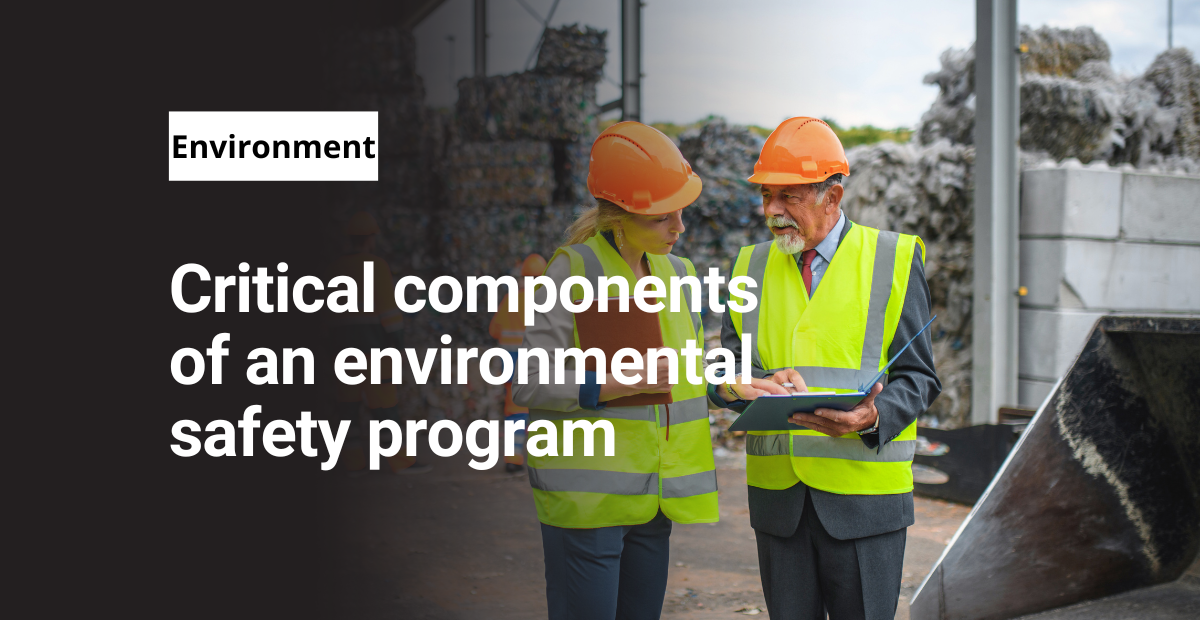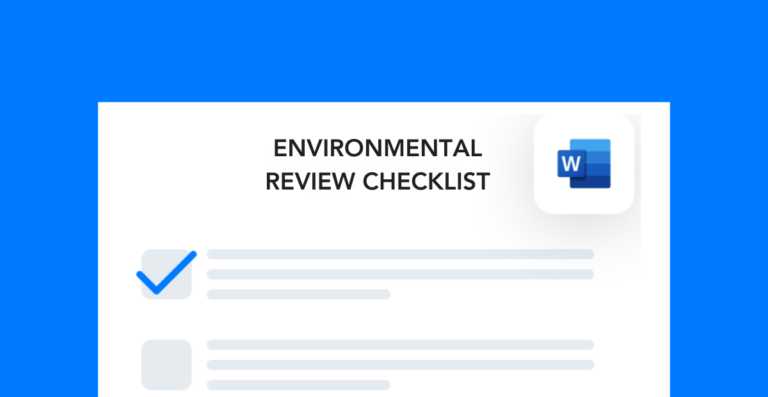Every company needs a dedicated program for reducing environmental risks. As an experienced EHS professional, I want to share some of the key components that you should include in your environmental safety program to make it as effective as possible.
Main areas of focus
When developing an environmental safety program, focus on the specific hazards and risks present in your workplace. This may include issues related to air quality, water quality, hazardous materials, and waste management. Also, consider the potential impact of your activities on the surrounding community and environment.
One main area of attention is ensuring compliance with relevant environmental regulations. This includes both state and federal laws, as well as any industry-specific regulations that apply to your site. Stay updated on changes to these regulations and ensure that your organization is always in compliance.
Another important component to consider is how you will implement preventative measures to minimize the risk of environmental incidents occurring. Some examples of control measures include:
- Developing and implementing procedures for handling hazardous materials
- Training employees on proper waste management
- Implementing air quality monitoring programs
Environmental safety metrics to track
You’ll need to track a variety of metrics to effectively measure the success of your environmental safety program. These may include:
Compliance with environmental regulations: You can track this by monitoring compliance with specific regulations, such as the Clean Air Act or the Clean Water Act.
Air and water quality: Regular monitoring of air and water quality can help identify potential issues and track progress over time.
Hazardous waste management: This category includes metrics such as the amount of hazardous waste generated and the percentage of waste that is recycled or properly disposed of. These metrics can help track the effectiveness of your organization’s waste management procedures.
Environmental incidents: Tracking the number of environmental incidents that occur can help you identify areas for improvement.
Processes and procedures to include
An effective environmental safety program should include processes and procedures that minimize the risk of environmental incidents occurring. Some top examples include:
Procedures for handling hazardous materials: This may include procedures for storing, handling, and disposing of hazardous materials.
Waste management procedures: Procedures for properly handling and disposing of waste can help minimize the risk of environmental incidents.
Emergency response procedures: Develop and regularly review your procedures for responding to environmental incidents, such as spills or releases of hazardous materials.
Training programs: You should train your employees on the environmental safety procedures you outline in your program.
Regulatory considerations for your program
An effective environmental safety program must take into account both state and federal laws, as well as industry-specific regulations that apply to the operation. Here are some key considerations you should have.
Environmental permits: Many organizations are required to obtain permits for activities that have the potential to impact the environment.
Reporting requirements: You may be required to report certain information to regulatory agencies, such as the amount of hazardous waste generated or the results of air and water quality tests.
Inspections: You may be subject to inspections by regulatory agencies to ensure compliance with environmental regulations.
Prioritizing environmental risk mitigation is critical to protecting the health and well-being of employees, the community, and the environment. An effective environmental safety program:
- Focuses on key hazards and risks
- Tracks environmental metrics
- Includes process and procedures that mitigate environmental risks
- Ensures regulatory compliance
You can greatly minimize your site’s risk for environmental incidents by ensuring that your program includes all of these critical components.
Other posts you might like…
No posts

